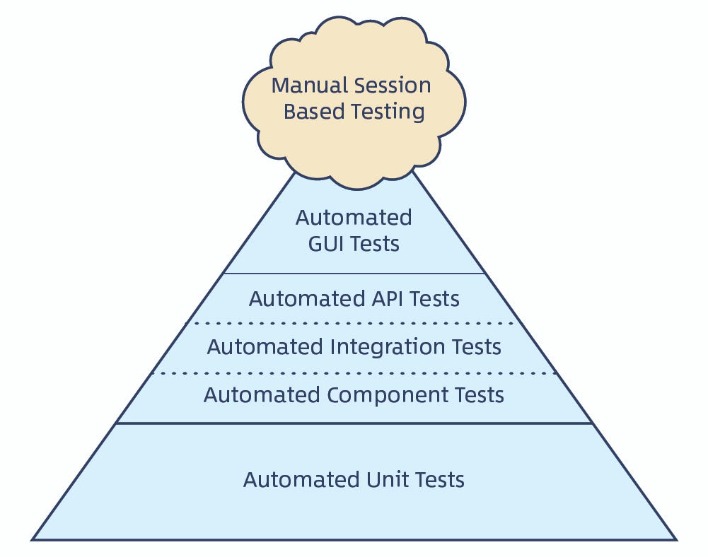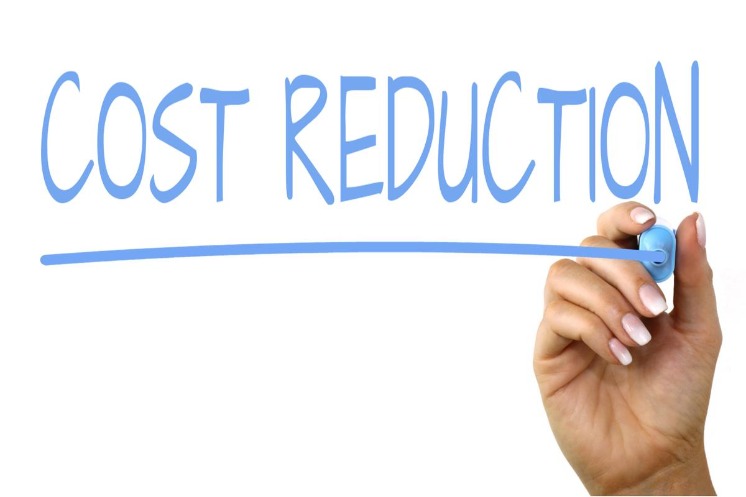A product cost is incurred during the manufacture of a product, while a period cost is usually incurred over a period of time, irrespective of any manufacturing activity. A product cost is initially recorded as inventory, which is stated on the balance sheet. Once the inventory is sold or otherwise disposed of, it is charged to the cost of goods sold on the income statement. A period cost is charged to expense on the income statement as soon as it is incurred. Most period costs are considered periodic fixed expenses, although in some instances, they can be semi-variable expenses. For example, you receive a utility bill each month that is not directly tied to production levels, but the amount can vary from month to month, making it a semi-variable expense.
Other examples of period costs include marketing expenses, rent (not directly tied to a production facility), office depreciation, and indirect labor. Also, interest expense on a company’s debt would be classified as a period cost. Product costs are all the costs that are related to producing a good or service. These items are directly traceable or assignable to the product being manufactured.
Do you own a business?
- These costs are identified as being either direct materials, direct labor, or factory overheads, and they are traceable or assignable to products.
- Ask yourself whether each cost incurred is a period cost, and place a checkmark next to each one.
- Business owners who do their small business bookkeeping need to know period cost accounting in order to write off their business expenses correctly.
The one similarity among the period costs listed above is that these costs are incurred whether production has been halted, whether it’s doubled, or whether it’s running at normal speed. Since that cost is included in the fixed asset, which occurs just once, it would not be considered a period cost. However, the cost, which will be an expense in the future, will be recognized as a period expense. To quickly identify if a cost is a period cost or product cost, ask the question, “Is the cost directly or indirectly related to the production of products?
Product vs. Period Costs
Our team of reviewers are established professionals with decades of experience in areas of personal finance and hold many advanced degrees and certifications. Product costs (also known as inventoriable costs) are costs assigned to products. Time cost forms a significant portion of indirect costs, hence critical for running the business.
Period expenses are important to know about because they can have a direct impact on both reducing costs holmertz parsons and increasing revenue. What is paid during that period was $100,000 in rent and utilities, but only $10,000 in insurance and property taxes because a storm damaged the roof of one of its properties. Resources consumed to provide or maintain the organization’s capacity to produce or sell are capacity costs or supportive overheads. Capacity costs are further divided into standby costs and enabling costs. Standby costs will continue if the firm shuts down operations or facilities temporarily.
Since this cost is mostly charged as an expense all at once, it is appropriate to term it a period expense. There are types of period costs that may not be included in the financial statements but are still monitored by the management. The main benefit of classifying costs as either product or period is that it helps managers understand where their costs are being incurred and how those costs relate to the production process.
Our goal is to deliver the most understandable and comprehensive explanations of financial topics using simple writing complemented by helpful graphics and animation videos. Such cost classifications have been proven useful to people, like most analysts who develop several costs, classifying them per their uses in various managerial applications. Identifying and categorizing these costs is important as different purposes require different cost constructs.
The fixed cost per unit of output will vary inversely with changes in output level. Fixed cost is treated as a time cost and charged to the Profit and Loss Account. There is no fixed approach to identifying the period expense in all the particulars. The Management accountant has to carefully evaluate the time cost and check whether the same will form part of an income statement. Period expenses appear on the income statement with an appropriate caption for the item, which acts as a disclosure, in the period when the cost is incurred or recognized. Period costs take up most of the space on the expense section of your income statement.
There’s no period cost formula because the included accounts differ from business to business. However, we’ll cover the most common period costs and how to calculate them. The management accountant must carefully evaluate the time expenditure to see if it will be included in the income statement.
Considerations in Production Costs Calculations
Business owners who do their small business bookkeeping need to know period cost accounting in order to write off their business expenses correctly. Overhead, or the costs to keep the lights on, so to speak, such as utility bills, insurance, and rent, are not directly related to production. However, these costs are still paid every period, and so are booked as period costs. Product costs are often treated as inventory and are referred to as “inventoriable costs” because these costs are used to value the inventory. When products are sold, the product costs become part of costs of goods sold as shown in the income statement.
Difference Between Product Costs and Period Costs
It was estimated that a rate of 10% would be required to pay $5.4 million annually (simple interest rule) and which they could capitalize on in the initial year. Then in upcoming years, they need to take the interest expense to profit and loss statement. These costs should be monitored closely so managers can find ways to reduce the amount paid when possible. Product expenses are part of the cost of producing or acquiring an asset. Examples include production materials consumed in making a product and commissions paid to salespeople.
Whether the calculation is for forecasting or reporting affects the appropriate methodology as well. Period costs and product costs are two categories of costs for a company that are incurred in producing and selling their product or service. However, you’ll still have to pay the rent on the building, pay your insurance and property taxes, and pay salespeople that sell the products currently in inventory. Period expenses are just one category of expense that can have a direct impact on both reducing costs and increasing revenue, so it’s important to keep them in mind when looking for opportunities to improve your business.
Period costs are the costs that your business incurs that are not directly related to production levels. These expenses have no relation to the inventory or production process but are incurred on a regular basis, regardless of the level of production. A period cost can be termed as any cost that cannot be categorized into prepaid expenses, fixed assets, or inventory. Rather than being a transactional event, this cost is more closely linked with time.
When the product is manufactured and then sold a corresponding amount from the inventory account will be moved to the income statement. So if you sell a widget for $20 that had $10 worth of raw materials, you would record the sale as a credit (increasing) to sales and a debit (increasing) either cash or accounts receivable. The $10 direct materials would be a debit to cost of goods sold understanding cash flow statement vs income statement (increasing) and a credit to inventory (decreasing). Both of these costs are considered period costs because selling and administrative expenses are used up over the same period in which they originate. Period cost is those which are incurred periodic and are not related to product cost or manufacturing cost. HowePeriod cost is those which are incurred periodically and are not related to product cost or manufacturing cost.
Professional service fees, such as your lawyer and CPA fees, are administrative expenses. While using accounting software is the best method for managing costs, even if you’re still recording transactions in a manual ledger or using a spreadsheet application, you can learn to manage business costs properly. The financial advisor advises them to take a loan from a recognized financial institution as they would charge a lower interest rate.


